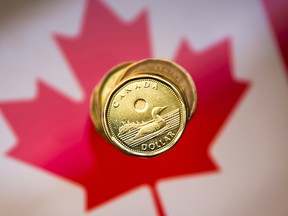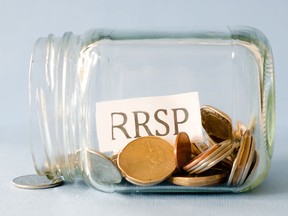
The Canadian dollar has strengthened against its U.S. counterpart, bucking broad-based gains for the greenback, thanks to higher oil prices driven by concerns over output disruptions in the United States due to Hurricane Ida.
Higher Oil Prices Boost Loonie
U.S. crude rose 1.2% to $70.53 a barrel on Monday, while the Canadian dollar traded 0.2% higher at 1.2665 to the greenback, or 78.96 U.S. cents. The currency fluctuated in a range of 1.2662 to 1.2694.
Canada’s Oil Exports
Oil is one of Canada’s major exports, and the price rally has benefited the loonie. Norway, another significant oil producer, was the only G10 currency that performed better than the Canadian dollar.
Market Expectations and Economic Data
The strengthening greenback was also influenced by market expectations that the Federal Reserve could taper its stimulus sooner rather than later, despite a surge in COVID-19 cases. Speculators have raised their bearish bets on the loonie, with net short positions increasing to 6,010 contracts from 2,848 in the prior week.
Canadian Government Bond Yields
Meanwhile, Canadian government bond yields were lower across a flatter curve, with the 10-year down 2.2 basis points at 1.215 per cent.
Why Oil Prices Matter for Canada
The price of oil has a significant impact on the Canadian economy, as it is one of the country’s major exports. A rise in oil prices can boost the loonie and have a positive effect on the country’s trade balance.
Hurricane Ida and Output Disruptions
Hurricane Ida has caused damage to oil production facilities in the United States, leading to concerns over output disruptions. This has contributed to higher oil prices and boosted the loonie.
Market Expectations and Economic Data
Market expectations of a potential tapering of Federal Reserve stimulus have strengthened the greenback, while economic data shows Canadian employment has climbed to within one per cent of pre-pandemic levels.
Speculators’ Bets on Loonie
Data from the U.S. Commodity Futures Trading Commission showed that speculators have raised their bearish bets on the loonie, with net short positions increasing to 6,010 contracts from 2,848 in the prior week.
Loonie’s Performance Against G10 Peers
The Canadian dollar has outperformed most of its G10 peers, with only the Norwegian crown performing better. The strengthening of the loonie is a result of higher oil prices and concerns over output disruptions in the United States.
Why Norway’s Currency Performed Better
Norway, another significant oil producer, was the only G10 currency that performed better than the Canadian dollar. This is because Norway’s economy is heavily reliant on oil exports, just like Canada.
Market Expectations and Economic Data
The strengthening greenback was influenced by market expectations of a potential tapering of Federal Reserve stimulus. However, economic data shows Canadian employment has climbed to within one per cent of pre-pandemic levels.
Speculators’ Bets on Loonie
Data from the U.S. Commodity Futures Trading Commission showed that speculators have raised their bearish bets on the loonie. This suggests that market participants expect the loonie to weaken further.
Conclusion
The Canadian dollar has strengthened against its U.S. counterpart, bucking broad-based gains for the greenback, thanks to higher oil prices driven by concerns over output disruptions in the United States due to Hurricane Ida. The strengthening of the loonie is a result of higher oil prices and concerns over output disruptions in the United States.
What’s Next for the Loonie?
The loonie’s performance will continue to be influenced by market expectations, economic data, and global events such as Hurricane Ida. Investors should keep an eye on these factors to anticipate potential movements in the currency.
Recommended from Editorial








